article
Lâmina da Lua: ritual as resistance
The ritual is ancient. With roots in practices linked to the sacred and ceremonies, today it is reconfigured as a critical and affective language that proposes other ways of being in time and the world. The image of the ritual is slow, dense, and ambiguous, sometimes indecipherable as if each movement tried to access something before language. For this reason, the ritual appears as a gesture of resistance to the acceleration of the gaze.
It is in this context that Lâmina da Lua (Blade of the Moon), the exhibition that kicks off a new exhibition cycle curated by Ana Rito and Hugo Barata, continues the research they began in the Videologies program. Here, our gaze shifts to the idea of ritual as a contemporary practice that proposes a reconfiguration of perception, time, and the relationship with the visible. The works of Margarida Nuno Oliveira, Francisco Novais, Rita Barqueiro, Lia Falcão, Tomás Saraiva, Mafalda Ar, Francisco Rodrigues, and Lula Pena are small visual ceremonies that transport us to symbolic worlds full of tension.
Margarida Nuno Oliveira's work, presented in multiple media – video, photographs, posters – draws relationships between the ephemeral and the trace, making the archive an organic place filled with fragments that reinforce the dimension of ritual. In drums (2021), Francisco Novais builds a hypnotic piece from vintage postcards of the Rocky Mountains. The pulsation created by the various images is made possible through montage and sound, which give rise to a new reading about the landscape and the archive.
Rita Barqueiro's video, nocturnal ballet (2025), stages light movements on trunks and leaves. At night, the light of the lantern highlights the contours of nature drawing in the darkness. In the contrast between the blackness of the night and the contours that emerge, a state of attention and suspension sets in –the ritual lies in the silent repetition of the gesture. The dreamlike dimension is intensified by Lia Falcão's watercolors that summon up arborescent shapes and images that seem to emerge from an inner state. They are drawings that hint at visions.
The hand, an archetype of action, touch, and care, appears in Tomás Saraiva's painting suspended in a time without narrative. The painting is inscribed with the phrase "that heals everything" as if the gesture of the hand (and perhaps that of the painting) were that of writing a spell or a promise. In Mafalda Ar's photographs, the body is intimate and enigmatic. The images open fissures in perception, as if they were visual spells that seem to speak of intimate pain, and tensions between what is felt and what is shown.
The double presence of Francisco Rodrigues in the videos Horseplay and Lido makes dreams and everyday life collide. The images in Horseplay (2024), flooded with red light, are hypnotic in the scenario of desire and delirium they summon up. And in Lido (2025) the artist composes a sensory diary of images captured with an almost tactile delicacy – traces of a suspended, intimate, existential summer. It's a meditative work with an internal monologue that looks for meaning in what we see and feel.
Lula Pena closes the exhibition with La Femme Tranquille de La Tribu (2023), working with the image as enchantment. With leaves and light, multiplied by a mirror effect, the artist builds a figure that evokes a female face. It's a presence that floats between nature and symbol, a woman-plant, woman-spirit, built from the imagination and reinforcing the ritual dimension of the image.
The title of the exhibition, Lâmina da Lua, condenses many of the tensions described in the works. The blade is an ambiguous object, it can hurt, but also open, carve, and trace paths. The moon doesn't emit its light but reflects it – returning the sun's glare in a filtered, soft way. It has a cyclical and transient quality, a power to summon invisible forces, to affect tides, bodies, and moods. By uniting these two elements – the cut and the reflection – the title proposes a journey through ambivalence, between the visible and the hidden, the tangible and the symbolic, matter and myth. The exhibition proposes a sensitive journey through worlds and languages, building itself as a liminal path made up of surfaces that are ajar, like a veil.
BIOGRAPHY
Laurinda Branquinho (Portimão, 1996) has a degree in Multimedia Art - Audiovisuals from the Faculty of Fine Arts of Universidade de Lisboa. She did an internship in the Lisbon Municipal Archive Video Library, where she collaborated with the project TRAÇA in the digitization of family videos in film format. She recently finished her postgraduate degree in Art Curatorship at NOVA/FCSH, where she was part of the collective of curators responsible for the exhibition “Na margem da paisagem vem o mundo” and began collaborating with the Umbigo magazine.
UMBIGOLAB LINKS
ADVERTISING
Previous
article
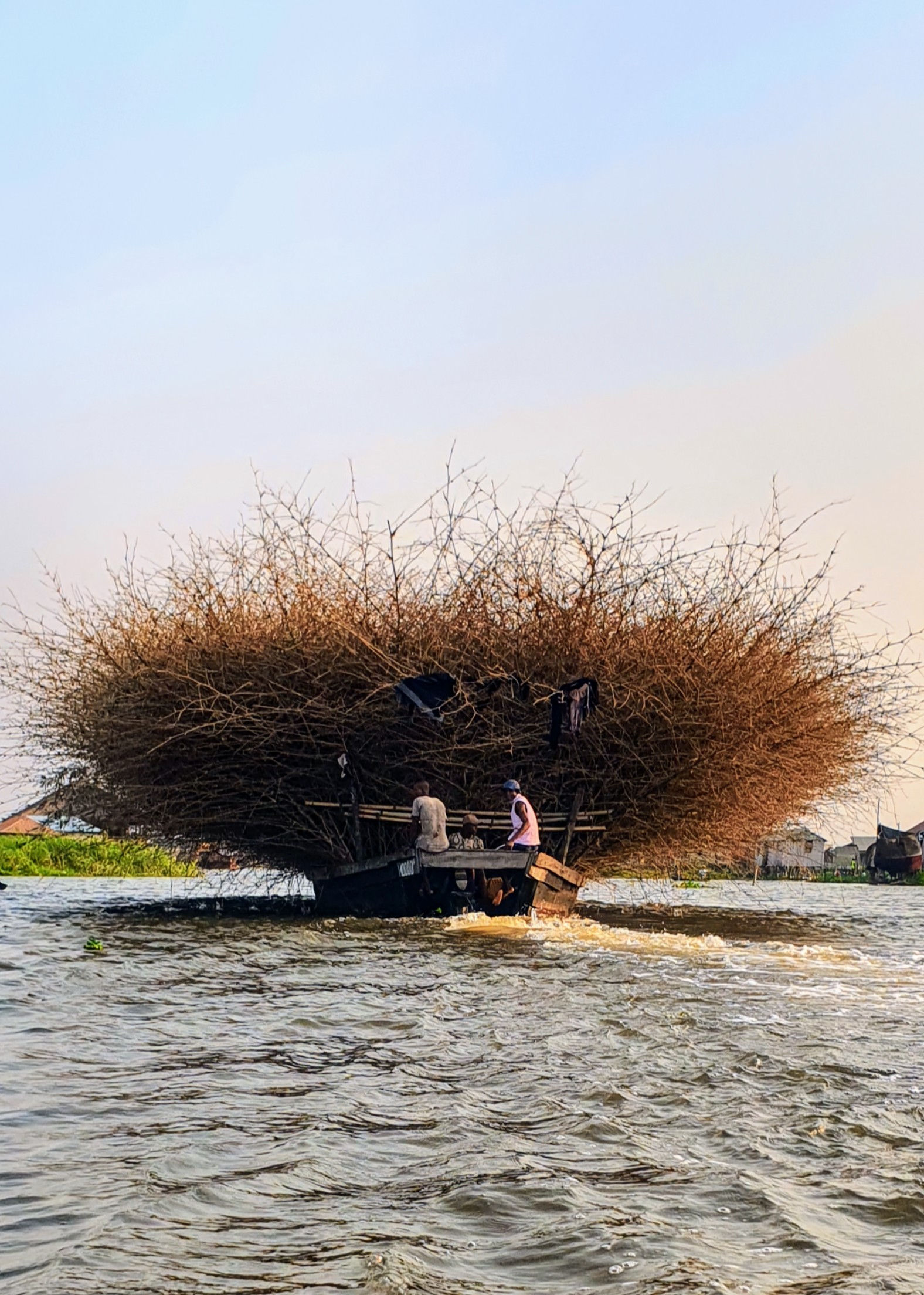
20 Jun 2025
"Fim do Mundo" Festival in São Tomé and Príncipe
By Ricardo Barbosa Vicente
Next
article
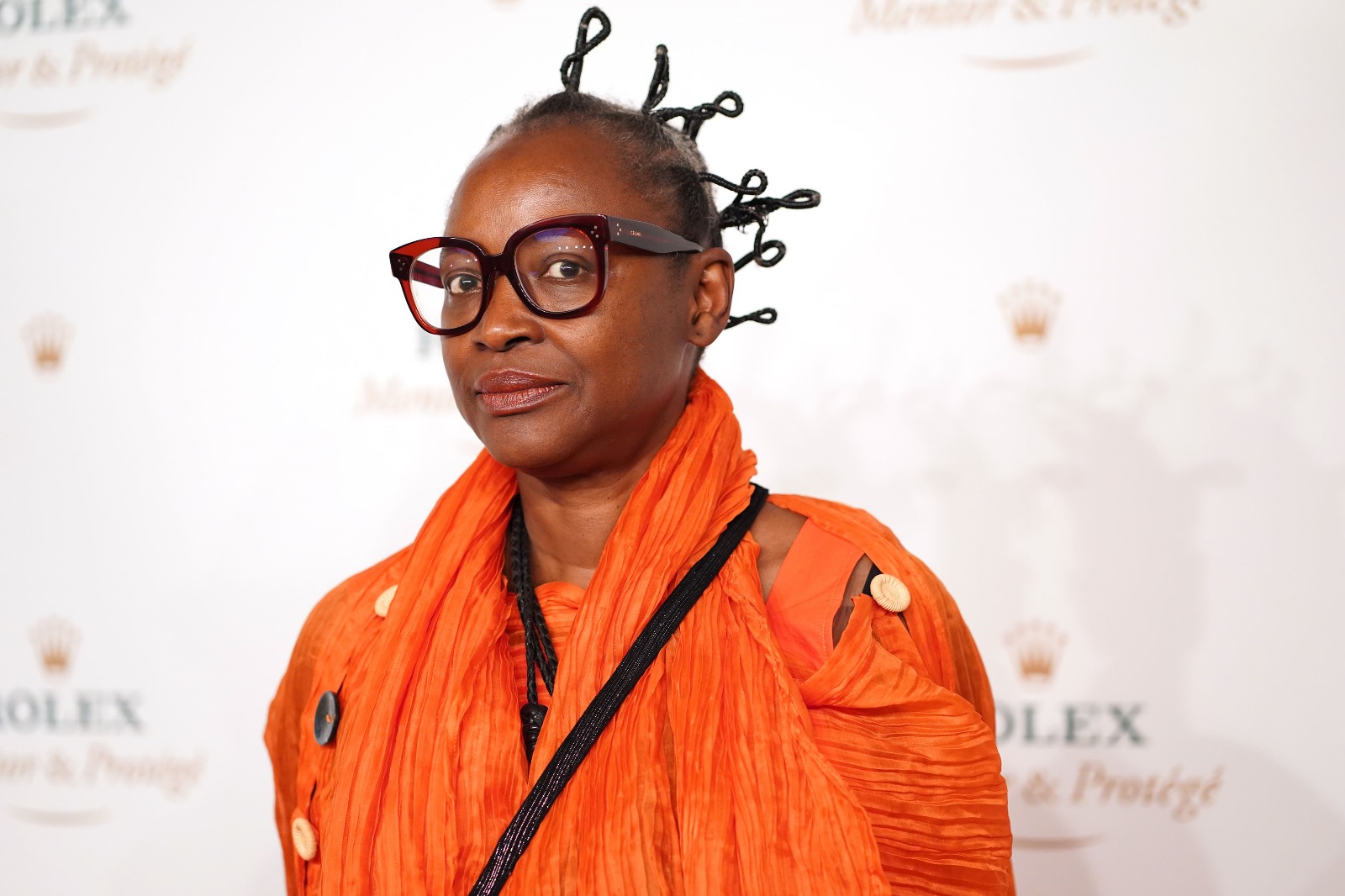
24 Jun 2025
Writing Her Own Story
By Joerg Bader
Related Posts
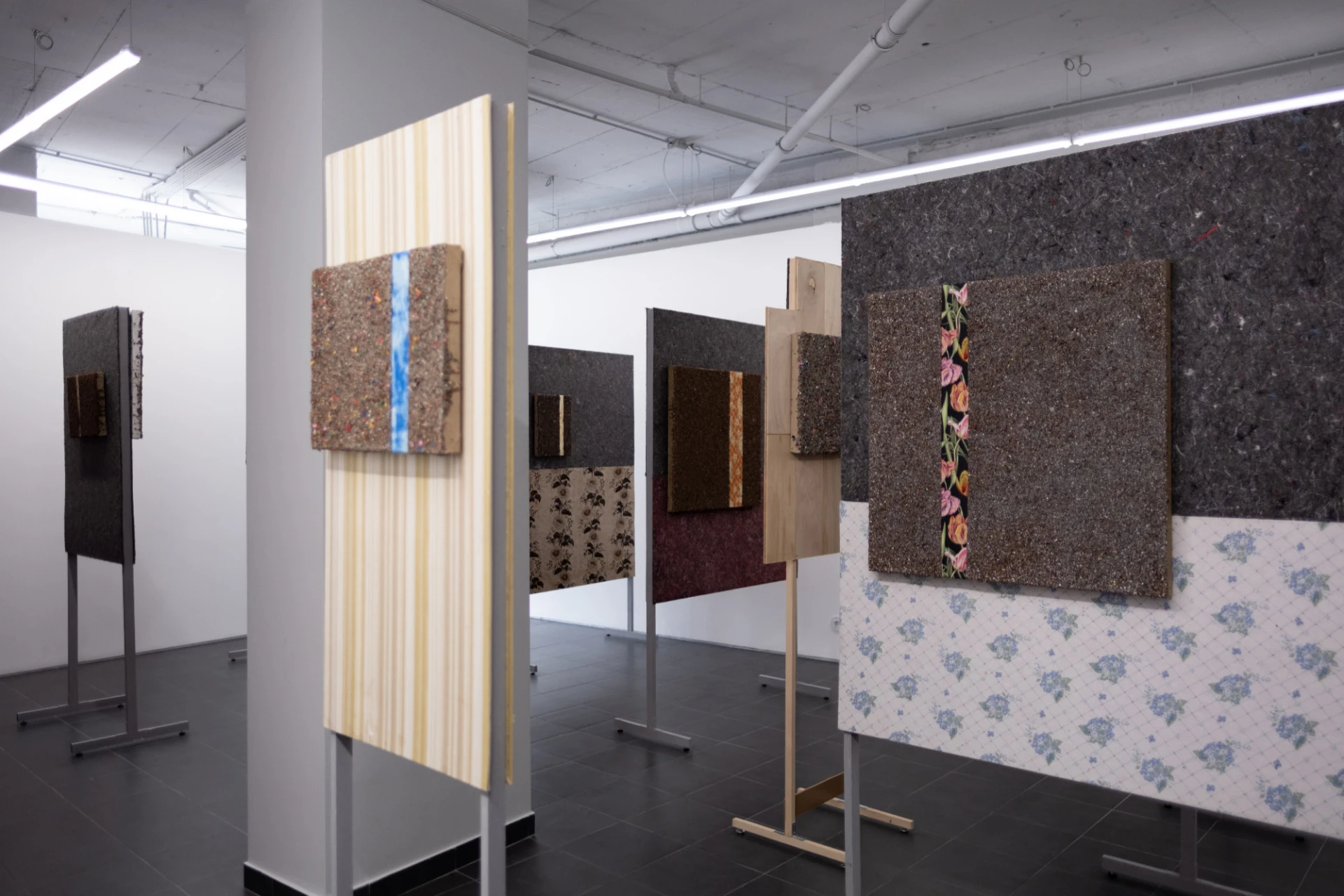
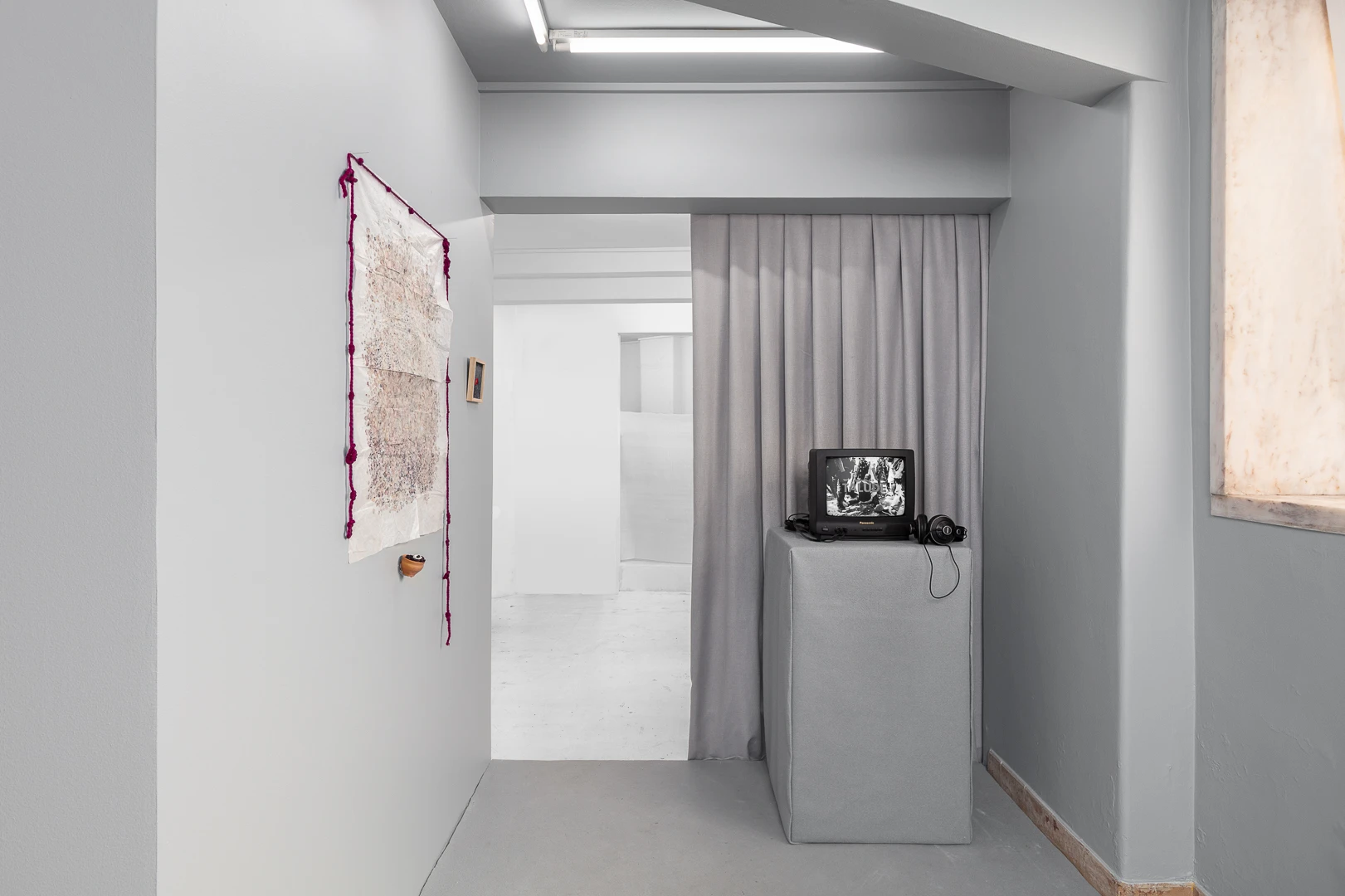
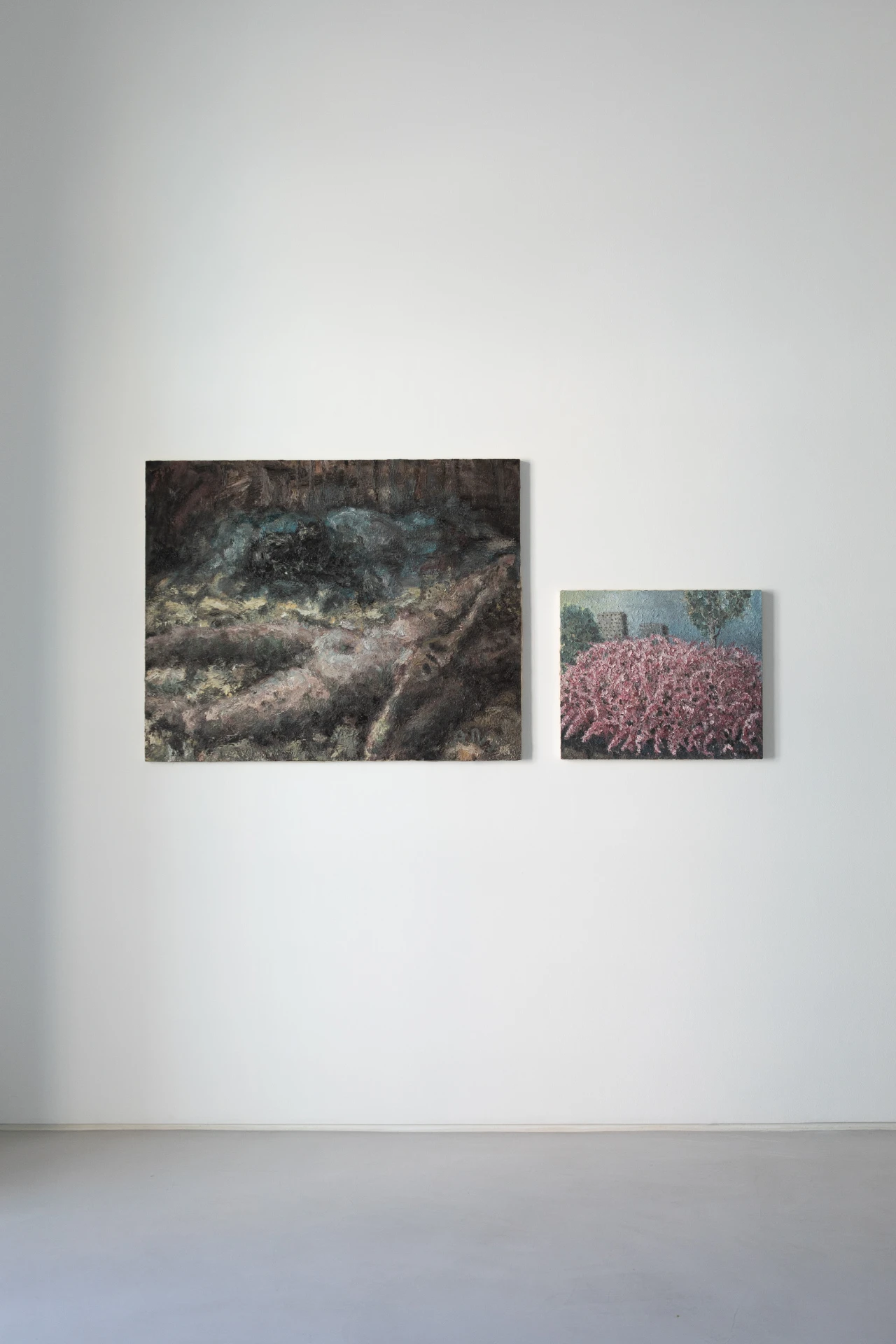
-nwaos.jpg)